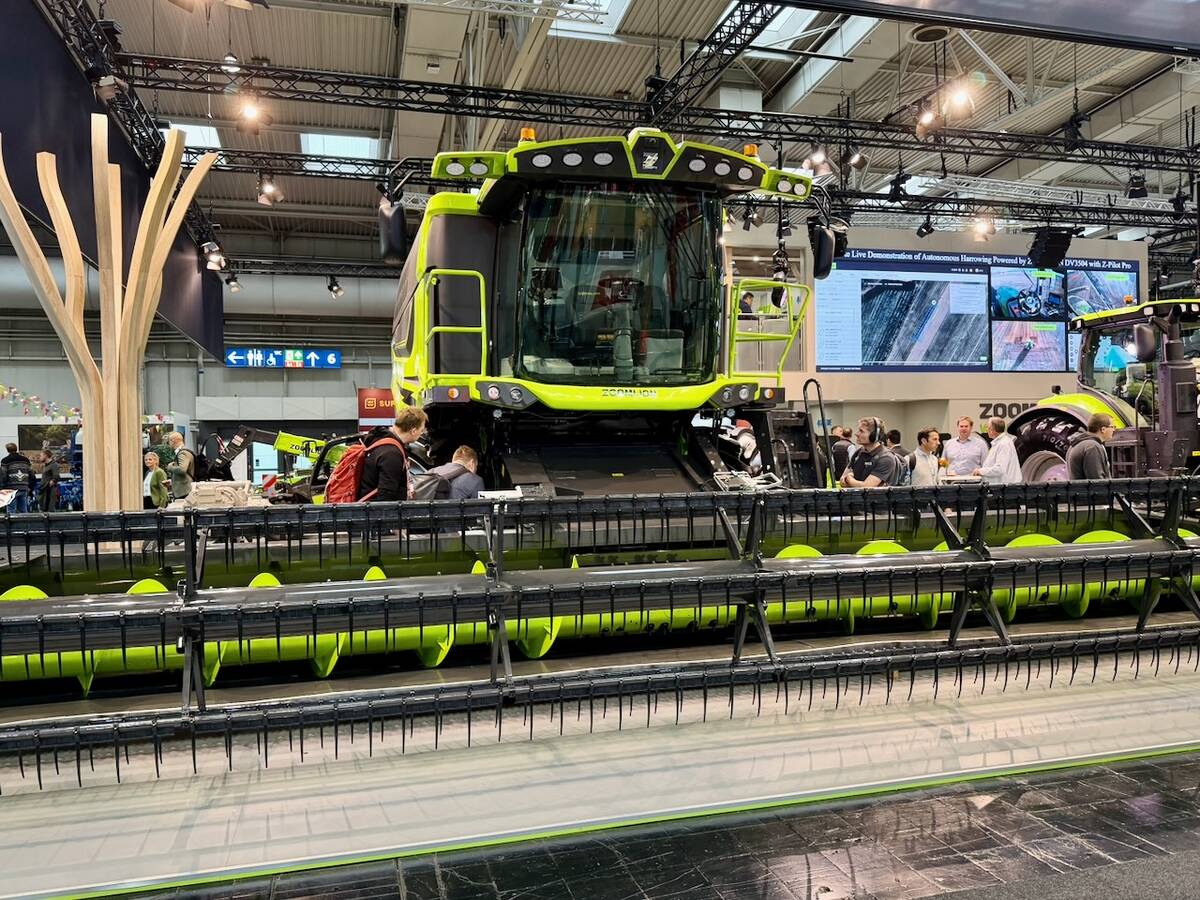WINNIPEG – A commonly used neonicotinoid pesticide is being blamed in a new report for increasing bumblebee’s risk of extinction.
Ontario researcher Nigel Raine, at the University of Guelph, said thiamethoxam can reduce the chances of bumblebee queens starting new colonies by about 25 percent.
The results of the study were published in Nature Ecology & Evolution.
Raine said bumblebee queens exposed to the pesticide were 26 percent less likely to lay eggs to start new colonies.
Researchers then applied a mathematical model and found that this rate of decline could threaten extinction of wild bumblebees.
Read Also

Agritechnica Day 3: Hybrid drive for a combine, data standards keep up to tech change and tractors of the year
Agritechnica 2025 Day 3: Hybrid drive for a combine, data standards keep up to tech change and tractors of the year.
Bee populations have been falling worldwide, with parasites, climate change and pesticides regarded as leading causes.
Bees are key pollinators for more agricultural crops, and bumblebees are known especially for pollinating fruits and vegetables. Most of the research into bees until now has focused on honeybees.
Raine and his colleagues exposed more than 300 queen bees to stressors commonly found in the environment, including parasites. Half of the bees that emerged from hibernation were fed syrup with pesticides at levels similar to what the bees might find in the environment. The queens given the pesticide were far less likely to lay eggs, then the half that had the parasites only.
Bumblebee queens carry out the work of setting up their colonies alone, unlike honeybee queens that receive help from drones.
Thiamethoxam is used as a seed treatment for soybeans and corn and other crops.















